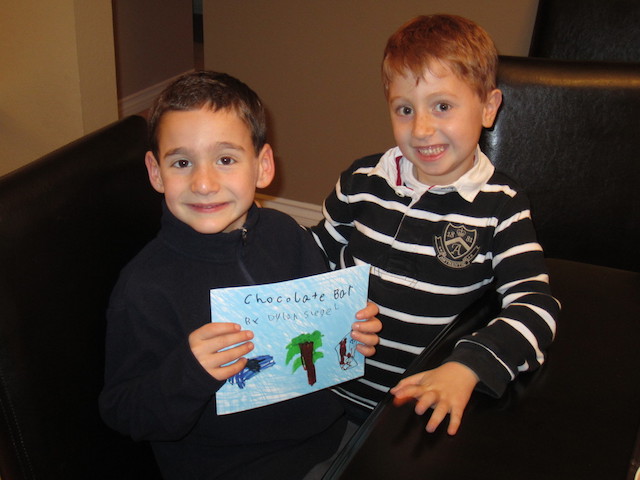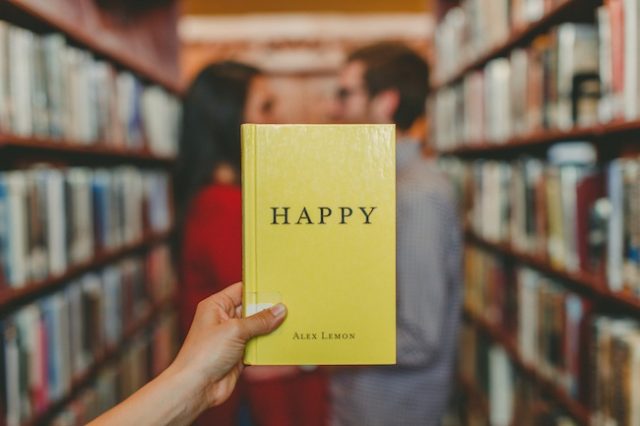The Victorians brought us many great inventions- from the lightbulb to the bicycle- but one under-appreciated Victorian trend has to be the popularization of the sub-genre of children’s books, now a major element of everyday literature.
With the rise of the middle-classes throughout the 18th century, titles aimed more exclusively at families were increasingly in demand. This was also the first time when childhood truly began to be recognized as a distinct period from adulthood (by 1899 education until 13 was compulsory)- and so those who had the money to do so wanted to ensure their children were enjoying themselves and learning, meaning books were the perfect solution.
The most popular of these books tended to be fairytales and moral tales. For example Aesop’s fables and stories such as Cinderella gained increasing popularity around this time. Many acclaimed Victorian authors also divulged into the genre, such as Oscar Wilde with The Happy Prince and Other Stories (1888) and Christina Rossetti with Sing-Song: A Nursery Rhyme Book (1872).
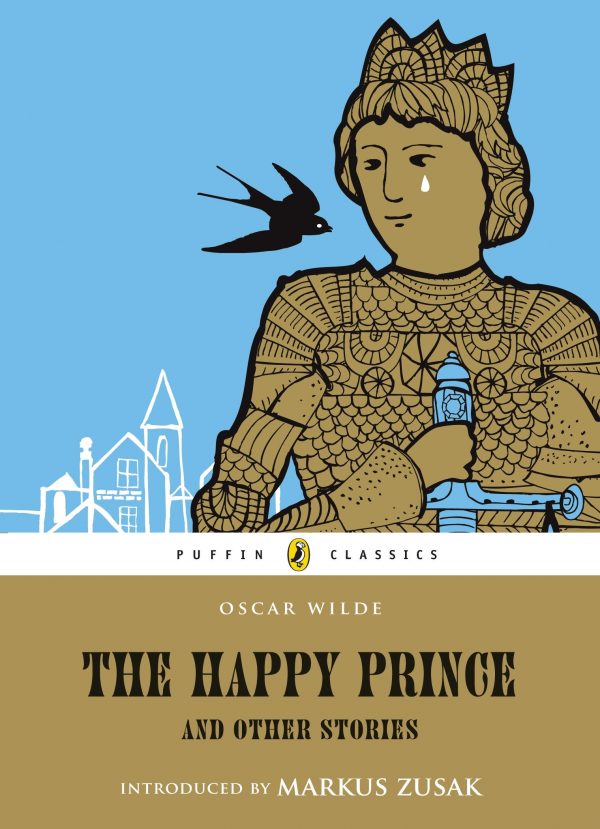
Source: Amazon
Another sub-genre of children’s literature at this time was the children’s guide book, often detailing Victorian London with beautiful illustrations and descriptions. Not only do these books provide an aesthetically pleasing snap shot of the past, though they also show the moral lens of the children’s book, with idealized and restricted presentations of the capital city during that period. A great example of this is London Town (1883) by Ellen Houghton and Thomas Crane (below).
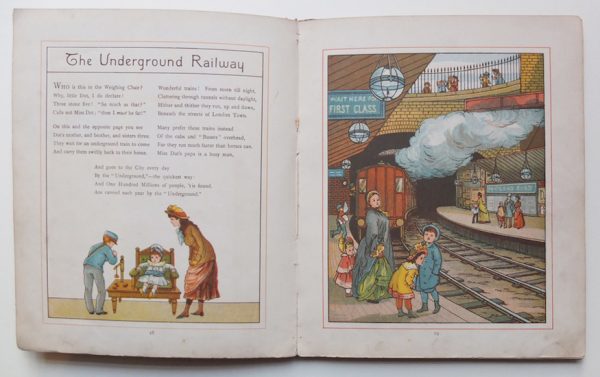
Source: Amazon
The book features many a whimsical verse alongside the illustrations, describing iconic features of London that are still relevant today, such as this one depicting the Victorian underground:
“Wonderful trains!
From morn till night,
Clattering through tunnels without daylight,
Hither and thither they run up and down,
Beneath the streets of London Town.”
But it was decades before the Victorians that the children’s book was introduced for the very first time. Known as the “father of children’s literature,” the publisher John Newbery produced the first book specifically aimed at children in 1744. A Little Pretty Pocket-Book was extremely popular at the time of its release, featuring poems, proverbs and an alphabet song. Its small size and cover appealed directly to children and its popularity helped to encourage Newbery’s highly successful publishing career.
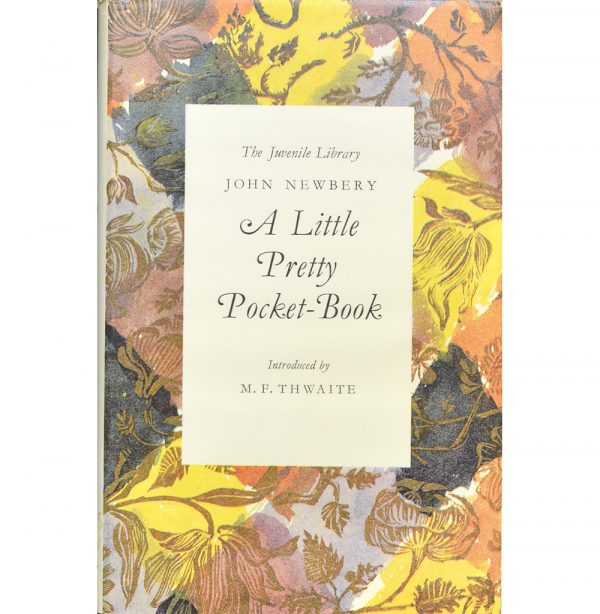
Source: Amazon
Yet it wasn’t until the social and economic developments of the Victorian era that the genre really came into its own. So next time you reluctantly agree to read someone a children’s story, think back to the 1800s when such novelties were the highlight of a child’s day. Happy Reading!
YouTube Channel: curio vendor
Featured image via Londonist
h/t Londonist
